
Davao: The Heart of Mindanao
Discover Davao: A vibrant cityscape, breathtaking nature, and rich cultural heritage await you in the heart of Mindanao, Philippines.
Davao City, the bustling heart of Mindanao, is a vibrant mix of urban and natural attractions. Known as the Durian Capital of the Philippines, Davao offers visitors a unique blend of cultural experiences, stunning landscapes, and delectable cuisine. With Mount Apo, the country's highest peak, standing tall in the background, Davao is a paradise for nature enthusiasts and adventure seekers alike. One of the city's highlights is the Philippine Eagle Center, dedicated to the conservation of the critically endangered Philippine Eagle. Here, tourists can learn about these majestic birds and witness them up close. For those interested in marine life, a visit to the Davao Crocodile Park and the nearby Samal Island is a must. Samal Island, just a short ferry ride away, boasts pristine beaches, crystal-clear waters, and vibrant coral reefs perfect for snorkeling and diving. Davao is also a cultural hub, offering a glimpse into the rich traditions of the indigenous peoples of Mindanao. The city's Kadayawan Festival, held every August, is a grand celebration of Davao's bounty and diversity, featuring colorful parades, street dancing, and various cultural performances. Food lovers will delight in Davao's diverse culinary scene, from the exotic durian fruit to fresh seafood and traditional Filipino dishes. With its warm and welcoming locals, Davao provides a safe and enjoyable environment for tourists. Whether you're exploring its natural wonders, immersing yourself in its culture, or simply relaxing on its beautiful beaches, Davao promises a memorable and enriching travel experience.
Local tips in Davao
- Visit during the Kadayawan Festival in August to experience the city's vibrant culture and festivities.
- Try the local durian fruit, known for its strong aroma and unique taste.
- Bring comfortable hiking shoes if you plan to explore Mount Apo or other nature trails.
- Respect local customs and traditions, especially when visiting indigenous communities.
- Always carry sunscreen and insect repellent, as Davao's tropical climate can be intense.
Davao: The Heart of Mindanao
Davao City, the bustling heart of Mindanao, is a vibrant mix of urban and natural attractions. Known as the Durian Capital of the Philippines, Davao offers visitors a unique blend of cultural experiences, stunning landscapes, and delectable cuisine. With Mount Apo, the country's highest peak, standing tall in the background, Davao is a paradise for nature enthusiasts and adventure seekers alike. One of the city's highlights is the Philippine Eagle Center, dedicated to the conservation of the critically endangered Philippine Eagle. Here, tourists can learn about these majestic birds and witness them up close. For those interested in marine life, a visit to the Davao Crocodile Park and the nearby Samal Island is a must. Samal Island, just a short ferry ride away, boasts pristine beaches, crystal-clear waters, and vibrant coral reefs perfect for snorkeling and diving. Davao is also a cultural hub, offering a glimpse into the rich traditions of the indigenous peoples of Mindanao. The city's Kadayawan Festival, held every August, is a grand celebration of Davao's bounty and diversity, featuring colorful parades, street dancing, and various cultural performances. Food lovers will delight in Davao's diverse culinary scene, from the exotic durian fruit to fresh seafood and traditional Filipino dishes. With its warm and welcoming locals, Davao provides a safe and enjoyable environment for tourists. Whether you're exploring its natural wonders, immersing yourself in its culture, or simply relaxing on its beautiful beaches, Davao promises a memorable and enriching travel experience.
When is the best time to go to Davao?
Iconic landmarks you can’t miss
People’s Park Davao
Explore the lush landscapes and cultural artistry of People's Park Davao, an urban oasis in the heart of the city, perfect for relaxation and discovery.
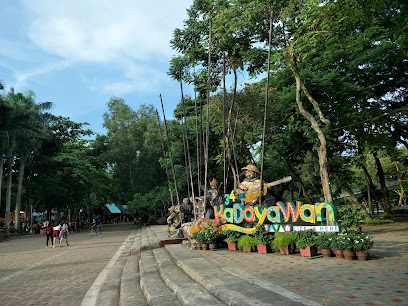
Roxas Night Market
Experience the vibrant flavors of Davao City at Roxas Night Market, a bustling hub for affordable Filipino street food and local culture.
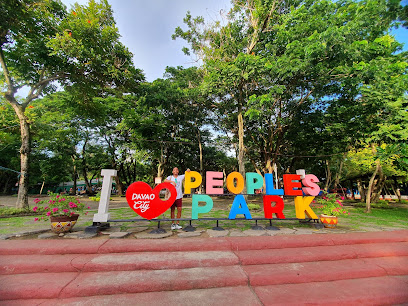
Davao Riverfront Crocodile Park & Zoo
Explore the Davao Riverfront Crocodile Park & Zoo, a must-visit destination showcasing exotic wildlife and promoting conservation efforts in the heart of Davao City.
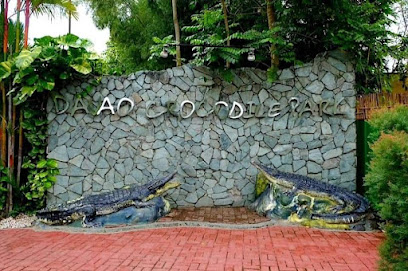
Eden Nature Park & Resort
Discover the tranquil beauty of Eden Nature Park & Resort, an eco-tourism paradise in Davao City, offering stunning landscapes and a variety of outdoor activities.

Ramon Magsaysay Park
Discover the serene beauty and cultural treasures of Ramon Magsaysay Park in Davao City, a lush green oasis for relaxation and outdoor fun.
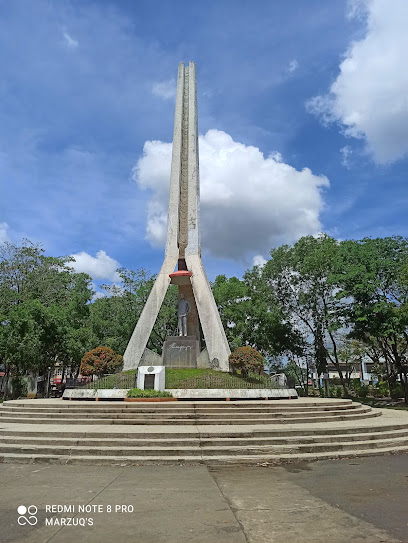
Matina Town Square
Explore Matina Town Square, Davao's lively shopping mall, dining hotspot, and nightlife destination that encapsulates the spirit of Filipino culture.
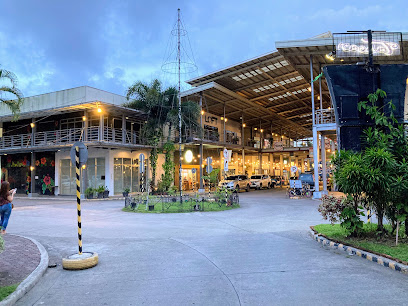
Malagos Garden Resort
Discover tranquility and adventure at Malagos Garden Resort, a beautiful escape in Davao City featuring lush gardens, activities, and culinary delights.

San Pedro Metropolitan Cathedral
Explore the stunning San Pedro Metropolitan Cathedral, an architectural gem and spiritual haven in the heart of Davao City.
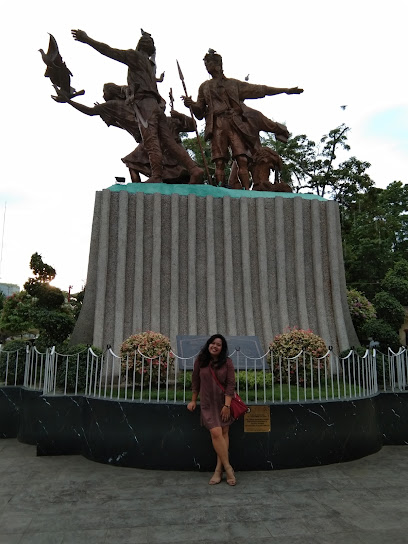
Philippine Eagle Center
Explore the Philippine Eagle Center, a vital sanctuary for the endangered Philippine Eagle, and learn about conservation efforts in a stunning natural setting.
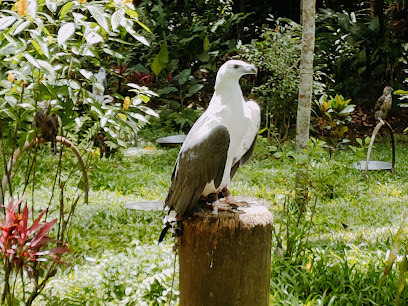
Rizal Park
Experience the charm of Rizal Park, a historic urban oasis in Davao City, where nature meets culture and history.
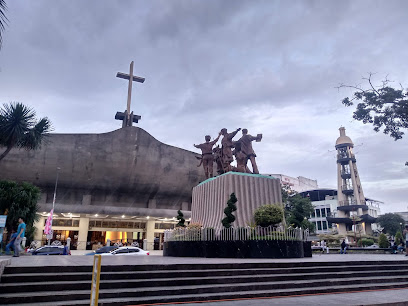
D' Bone Collector Museum
Explore the intriguing D' Bone Collector Museum in Davao City, a natural history treasure showcasing the wonders of marine life through skeletal displays.
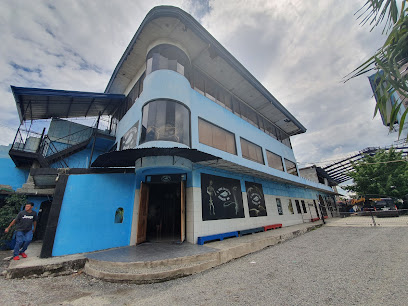
Bemwa Farm
Experience the beauty of nature at Bemwa Farm in Davao City, where fresh produce meets stunning landscapes for an unforgettable outing.
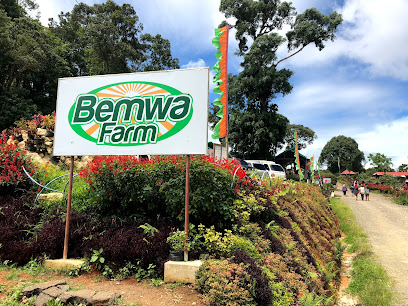
Japanese Tunnel
Explore the Japanese Tunnel in Davao City, a historical gem that combines adventure and culture for an unforgettable family-friendly experience.
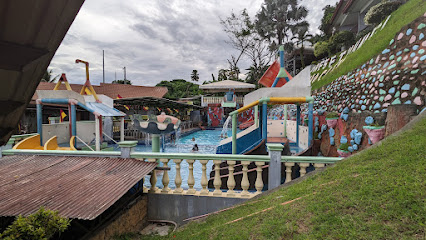
Shrine of the Holy Infant Jesus of Prague
Explore the serene Shrine of the Holy Infant Jesus of Prague, a stunning Catholic church in Davao City, perfect for spiritual reflection and cultural immersion.
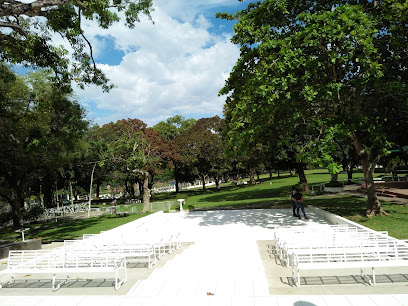
Museo Dabawenyo
Explore the rich cultural tapestry of Davao at Museo Dabawenyo, a captivating local history museum showcasing the region's heritage.
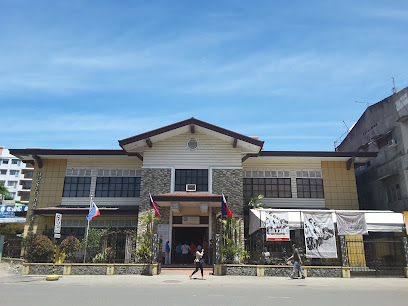
Unmissable attractions to see
Roxas Night Market
Discover Davao's rich culinary culture at Roxas Night Market, where delightful street food and local crafts come together in a vibrant night market experience.

Osmeña Park
Discover the refreshing beauty of Osmeña Park, a serene city park in Davao City, perfect for relaxation and cultural immersion.
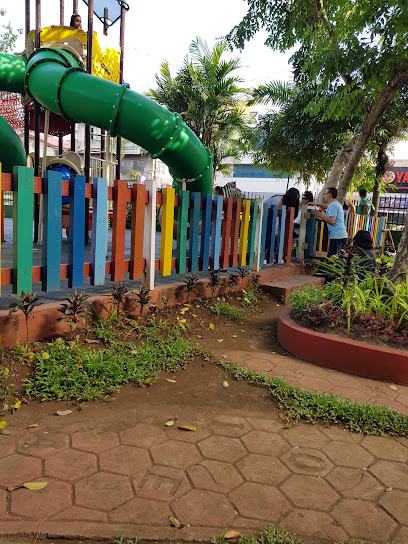
Monfort Bat Sanctuary
Experience the breathtaking spectacle of the world's largest fruit bat colony at Monfort Bat Sanctuary, a unique wildlife refuge in the heart of Samal.
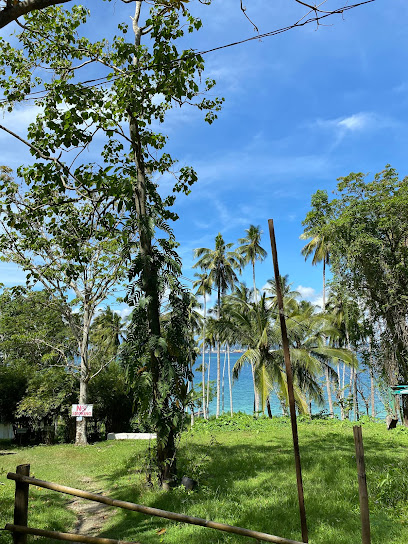
Christmas Mansion
Experience the joy and wonder of the Christmas Mansion, a magical amusement park in Davao City filled with festive attractions and entertainment.
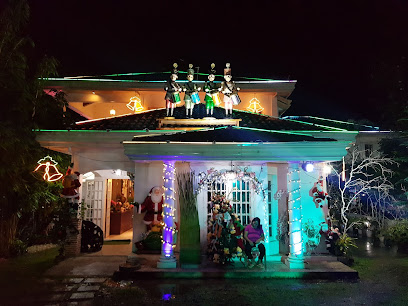
Freedom Park
Discover the lush landscapes and vibrant culture at Freedom Park, a serene escape in the heart of Davao City, perfect for relaxation and exploration.
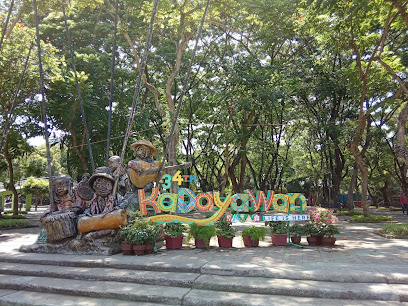
Botanical Garden
Immerse yourself in the natural beauty of Davao City at the Botanical Garden, a serene park filled with diverse flora and tranquil pathways.
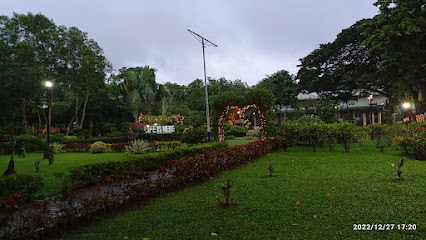
Davao Museum of History and Ethnography
Explore the Davao Museum of History and Ethnography, where the rich heritage and culture of Davao come alive through engaging exhibits and captivating stories.
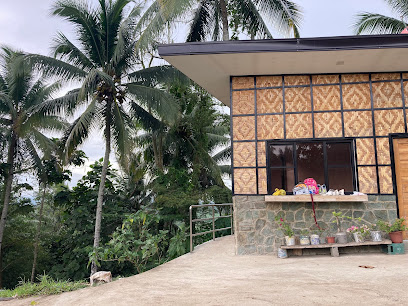
Doña Vicenta Park
Explore the serene beauty of Doña Vicenta Park in Davao City, a lush urban oasis ideal for relaxation and leisure amidst nature.
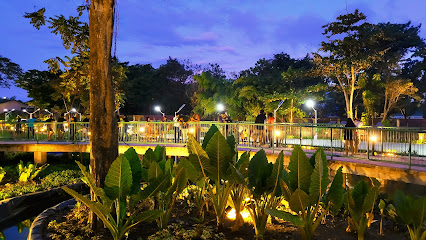
Life Is Here Park
Explore Life Is Here Park, a serene urban oasis in Davao City, perfect for relaxation, picnics, and enjoying nature's beauty.
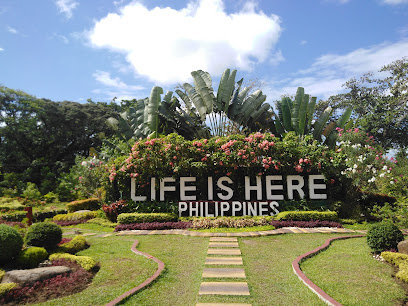
Quezon Park
Discover the serene beauty of Quezon Park, Davao City’s urban oasis, perfect for relaxation and family fun amidst lush greenery.
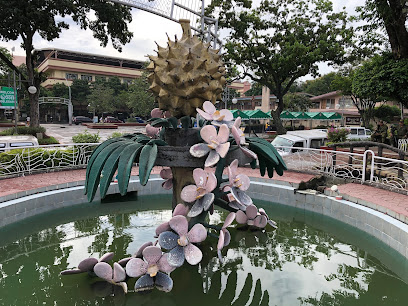
Davao Butterfly House Inc.
Explore the mesmerizing Davao Butterfly House, a vibrant attraction that showcases stunning butterfly species and lush gardens in the heart of Davao City.
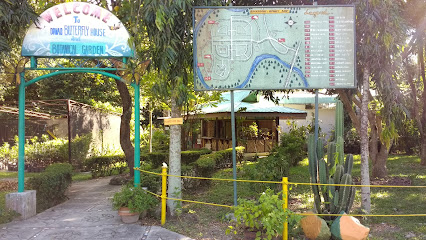
Seaside Promenade Azuela Cove
Discover the picturesque Seaside Promenade at Azuela Cove, a serene park offering stunning ocean views and lush greenery in Davao City.
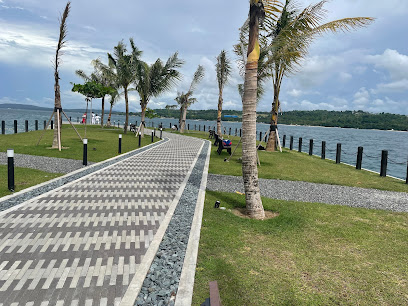
General Moncado White House
Explore the rich history and natural beauty of General Moncado White House, a must-visit attraction in Island Garden City of Samal, Davao del Norte.
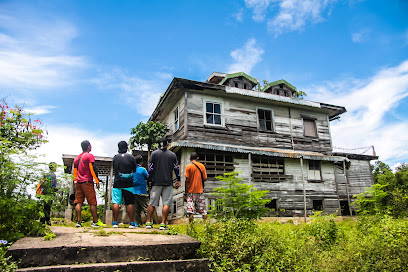
The Commemorative Monument of Peace and Unity
Experience the spirit of peace and unity at the Commemorative Monument in Davao City, a historic landmark celebrating Filipino culture and resilience.
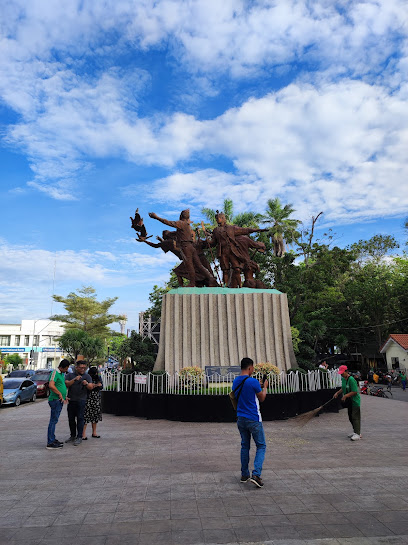
Baywalk
Discover the serene beauty of Baywalk in Davao City, where lush landscapes meet breathtaking coastal views, perfect for relaxation and leisure.

Essential places to dine
Jack's Ridge
Discover culinary bliss at Jack's Ridge in Davao City—where exquisite flavors meet breathtaking views amidst lush landscapes.
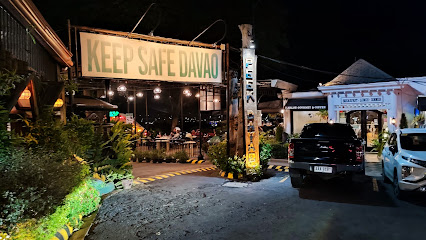
Davao Dencia's Restaurant
Experience authentic Filipino flavors in the heart of Davao City at Davao Dencia's Restaurant.

Yellow Fin Seafood Restaurant
Discover authentic Filipino flavors at Yellow Fin Seafood Restaurant - where fresh seafood meets local culinary traditions.
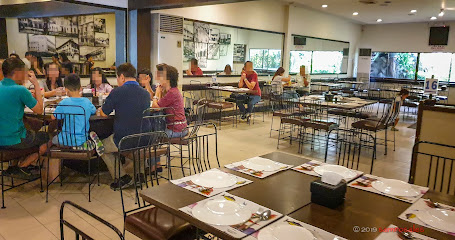
Davao Famous Restaurant
Experience authentic Chinese flavors at Davao Famous Restaurant - a culinary gem in Davao City offering delicious dishes in an inviting atmosphere.
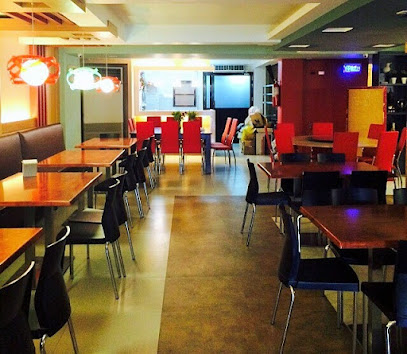
Rekado Filipino Comfort Cuisine
Discover the heartwarming flavors of Filipino cuisine at Rekado—where every dish tells a story.
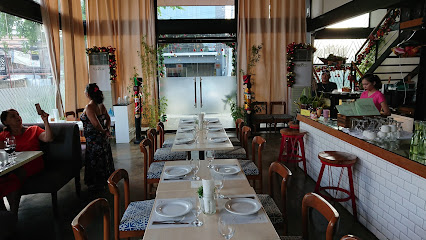
Luz Kinilaw Inihaw Place
Discover authentic Filipino flavors at Luz Kinilaw Inihaw Place - home to exquisite kinilaw and barbecue delights in Davao City.
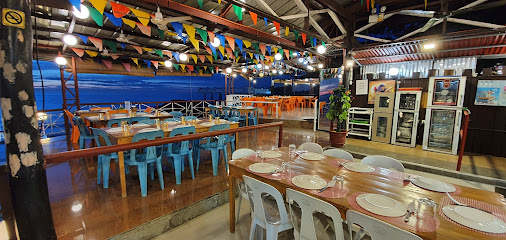
Huckleberry Southern Kitchen & Bar
Discover the flavors of the South at Huckleberry Southern Kitchen & Bar in Davao City – where every dish tells a story.
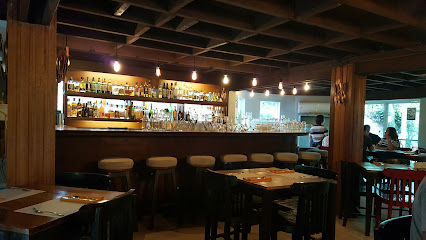
MarinaTuna
Experience the freshest seafood delights at MarinaTuna in Davao City – where quality meets sustainability.
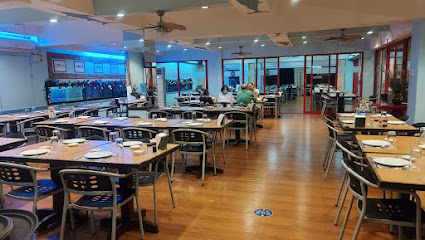
Blue Posts Boiling Crabs & Shrimps – Bajada
Experience the vibrant flavors of fresh crabs and shrimps at Blue Posts Boiling Crabs & Shrimps in Davao City – A seafood lover's paradise!
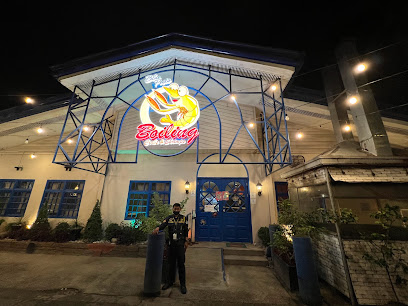
The Fat Cow
Experience Davao's culinary delights at The Fat Cow - where fresh ingredients meet innovative flavors in a warm and inviting atmosphere.
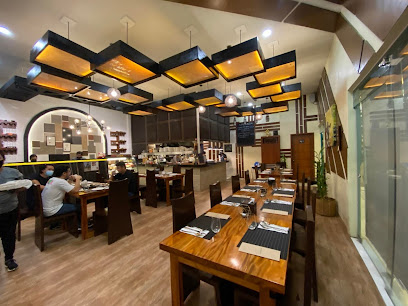
Bondi&Bourke Davao
Experience authentic Australian cuisine in Davao City at Bondi&Bourke – where local ingredients meet international flavors.
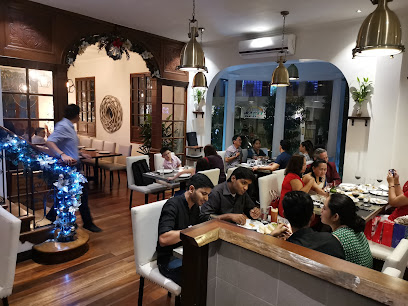
Tiny Kitchen & Dulce Vida
Experience the delightful fusion of Filipino and Spanish cuisine at Tiny Kitchen & Dulce Vida in Davao City—a true culinary gem.
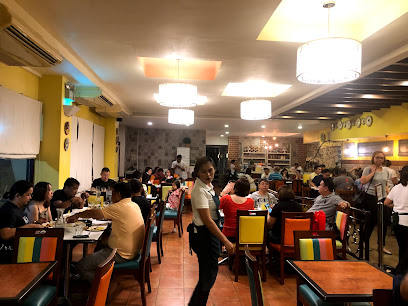
Probinsya
Experience authentic Filipino flavors at Probinsya, Davao City's top destination for fresh seafood and traditional cuisine.
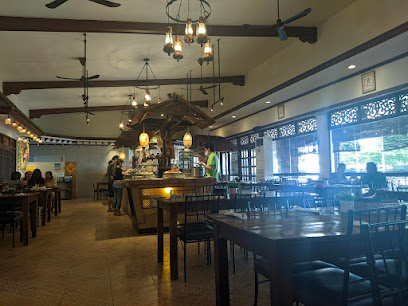
Davao Famous Restaurant - Obrero Branch
Experience authentic Chinese cuisine at Davao Famous Restaurant - Obrero Branch, where flavor meets tradition in every dish.
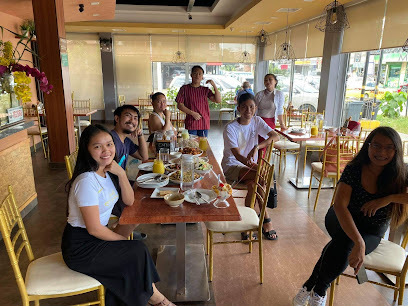
Balik Bukid Farm & Kitchen
Experience authentic Filipino cuisine surrounded by nature at Balik Bukid Farm & Kitchen in Davao City.
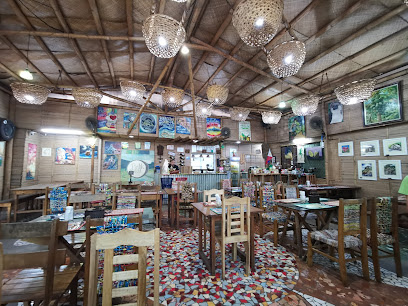
Markets, malls and hidden boutiques
Pasalubong Center
Experience the vibrant culture of Davao City at Pasalubong Center, your go-to spot for authentic Filipino souvenirs and local delicacies.
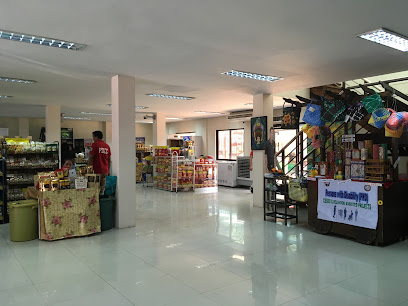
Chimes Flagship Store
Explore the Chimes Flagship Store in Davao City, a boutique haven for unique fashion and local crafts, perfect for tourists seeking authentic souvenirs.
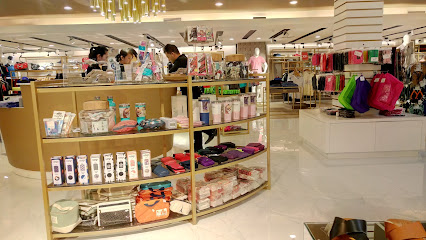
Craft Shop
Explore Davao's Craft Shop for authentic handmade items and local artistry, perfect for unique souvenirs and gifts.
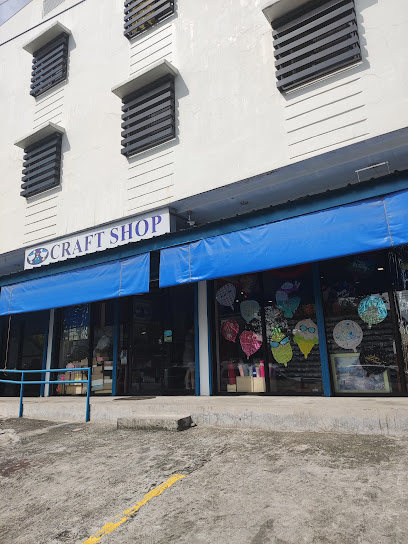
Whatever.
Explore the vibrant culture of Davao City through a unique shopping experience in the heart of Poblacion District.
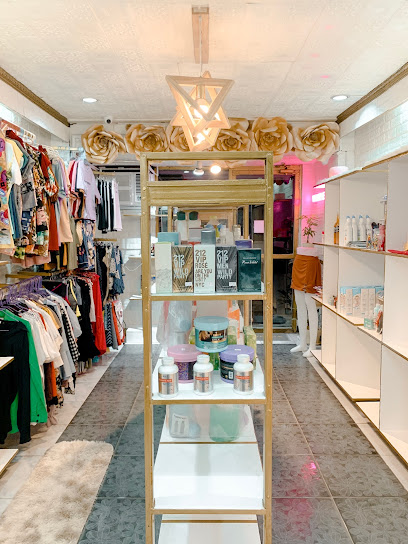
Hamida's Gift Shop
Explore Hamida's Gift Shop in Davao City for unique souvenirs, local crafts, and authentic gifts that celebrate Filipino culture.

Cotton Candy KPOP Shop Davao
Experience the sweet fusion of cotton candy delights and K-Pop culture at Cotton Candy KPOP Shop in Davao City.

Anniequin Fashion Boutique
Uncover unique styles and local fashion treasures at Anniequin Fashion Boutique in Davao City, where style meets personal service.
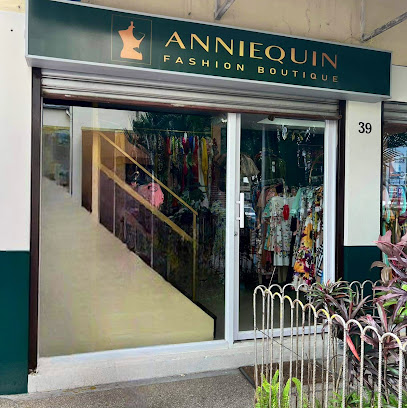
Nurlika’s Souvenir Shop
Explore the heart of Davao City at Nurlika’s Souvenir Shop, where local crafts and unique treasures await your discovery.
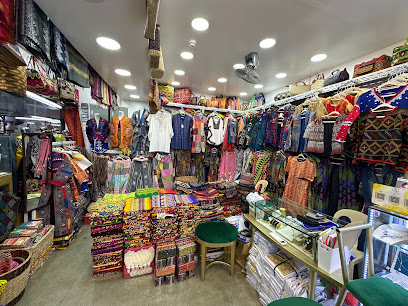
Al-Shiramin Souvenir Shop
Explore Al-Shiramin Souvenir Shop in Davao City for unique clothing and handbags that embody the vibrant spirit of the Philippines.

Maila's Souvenir Shop
Explore the vibrant culture of Davao through unique souvenirs and accessories at Maila's Souvenir Shop in the heart of the city.
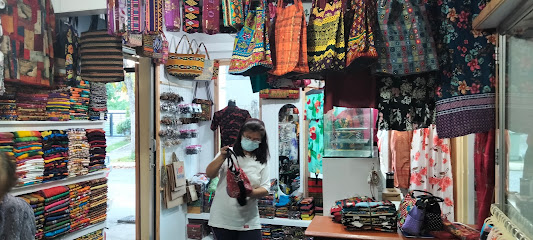
Store shop
Experience the vibrant shopping scene in Davao's Poblacion District with a mix of local culture, trendy shops, and delightful dining options.
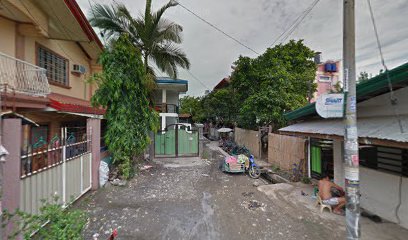
Davao Shop
Discover unique gifts and delightful cakes at Davao Shop, a must-visit destination for tourists in search of local treasures in Davao City.
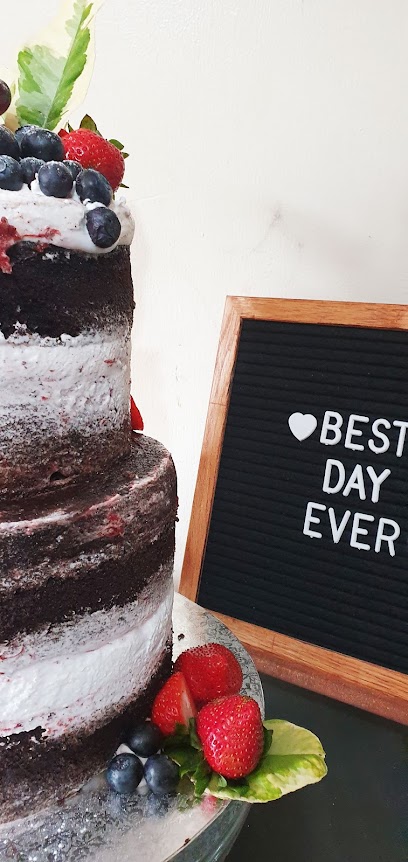
The Souvenir Shop
Explore Davao's vibrant culture at The Souvenir Shop, where unique gifts and local artistry await every visitor in Abreza Mall.
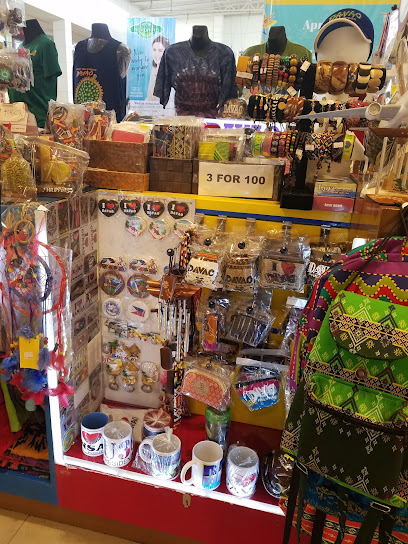
Jaehanne Gift Shop
Explore Jaehanne Gift Shop in Davao City for unique souvenirs and handcrafted treasures that embody the rich Filipino culture.
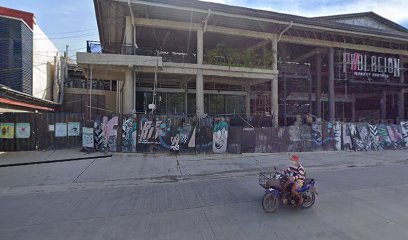
Sonia's
Discover the essence of Davao at Sonia's, where local crafts and fashion combine to create unforgettable souvenirs.

Essential bars & hidden hideouts
Huckleberry Southern Kitchen & Bar
Experience the best of Southern cuisine and vibrant nightlife at Huckleberry Southern Kitchen & Bar in Davao City.
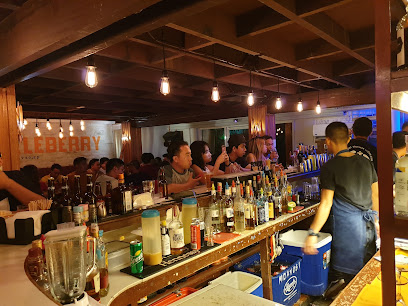
Club Echelon Davao
Experience the vibrant nightlife at Club Echelon Davao, where live music, delicious cocktails, and an energetic atmosphere await.

Upstairs Rooftop Bar Kitchen
Elevate your dining experience with stunning views and a lively ambiance at Upstairs Rooftop Bar Kitchen in Davao City.
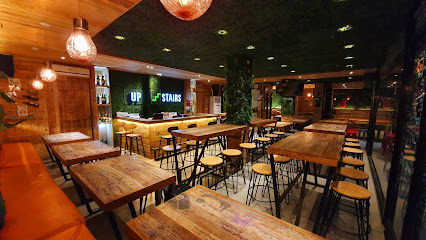
The Grid
Discover The Grid, a lively bar in Davao City, where vibrant nightlife meets exceptional drinks and electrifying music from amazing DJs.
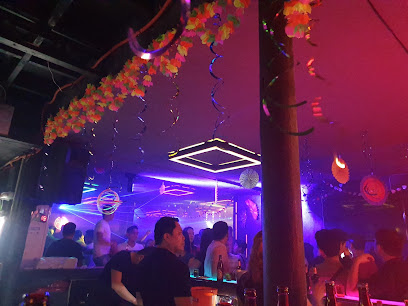
Secret Spot Davao
Experience the vibrant nightlife of Davao at Secret Spot Davao, a cozy bar offering local drinks and a lively atmosphere.
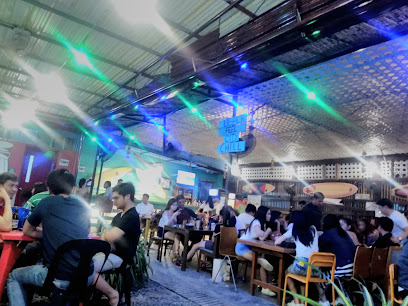
Suazo Bar
Experience Davao's vibrant nightlife at Suazo Bar, where signature cocktails and local flavors come together in a lively atmosphere.
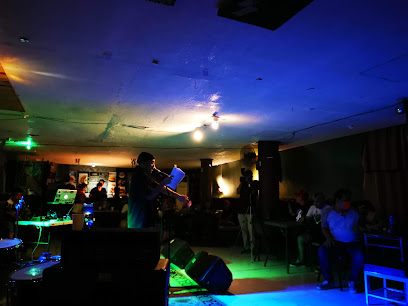
The William
Experience the lively atmosphere and unique cocktails at The William, a top pub in Davao City, perfect for unwinding after a day of exploring.
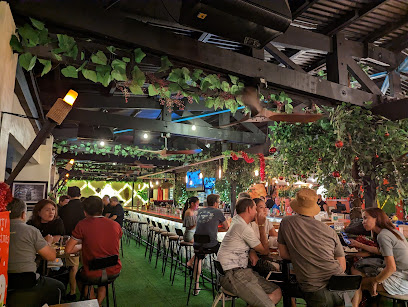
801 Infinity Restobar
Discover the dynamic atmosphere of 801 Infinity Restobar in Davao City, where exceptional food and vibrant nightlife come together for an unforgettable experience.
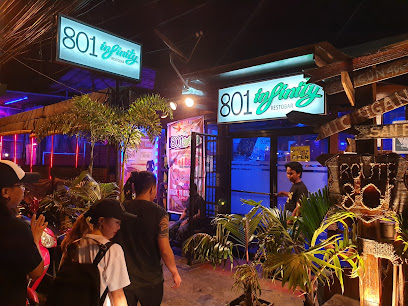
Gio's Crib
Experience the best of Davao's grill scene at Gio's Crib, where every bite brings the flavors of the Philippines to life.
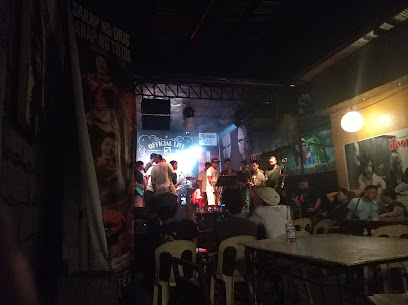
Chard's Place
Experience the vibrant flavors of Davao City at Chard's Place, a grill offering mouthwatering dishes in a lively atmosphere.
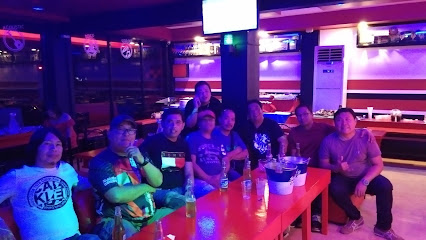
The Pre-Game
Experience the vibrant nightlife of Davao at The Pre-Game, a lively bar in Poblacion District, perfect for kicking off your evening adventures.
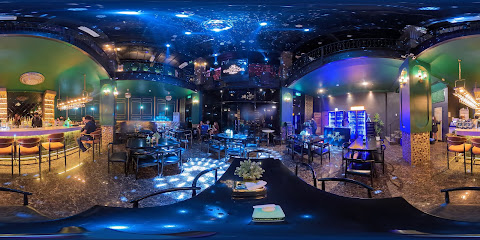
Blue Room Jazz Bar
Discover Davao's vibrant nightlife at Blue Room Jazz Bar, where soulful live music meets a cozy pub atmosphere in the heart of the city.
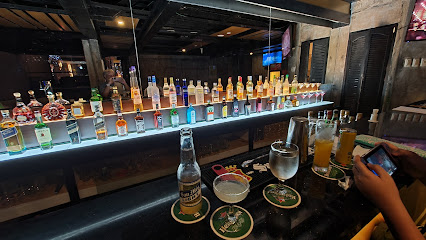
The Lounge
Discover the vibrant nightlife of Davao City at The Lounge, a perfect blend of creative cocktails, delicious bites, and a lively atmosphere.
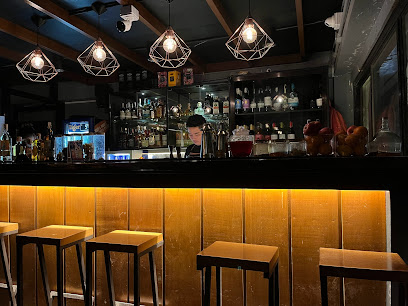
Krisna Music Bistro & Bar
Discover vibrant nightlife at Krisna Music Bistro & Bar in Davao City, where live music meets delicious drinks in an inviting atmosphere.
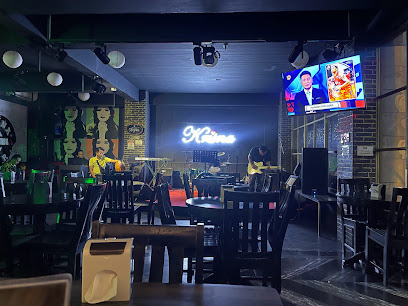
The Bar Masters Mobile Bar
Experience Davao's vibrant nightlife at The Bar Masters Mobile Bar, where expertly crafted cocktails and a lively atmosphere await.
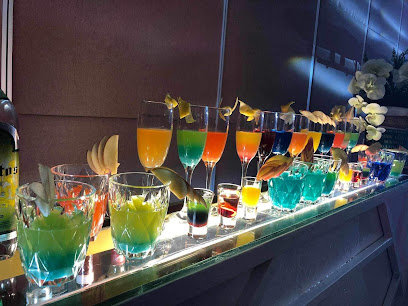
Local Phrases about Davao
-
- HelloKumusta
[koo-moo-sta] - GoodbyePaalam
[pa-a-lam] - YesOo
[oh-oh] - NoDili
[dee-lee] - Please/You're welcomePalihug
[pa-lee-hoog] - Thank youSalamat
[sa-la-mat] - Excuse me/SorryPasayloa ko
[pa-sa-ylo-a ko] - How are you?Kamusta ka?
[ka-moo-sta ka] - Fine. And you?Maayo. Ikaw?
[ma-yo. i-kaw] - Do you speak English?Naka-ila ka ug Iningles?
[na-ka-ee-la ka oog in-glees] - I don't understandDili ko kasabot
[dee-lee ko ka-sa-bot]
- HelloKumusta
-
- I'd like to see the menu, pleaseGusto ko makakita sa menu, palihug
[goo-sto ko ma-ka-ki-ta sa me-nu, pa-lee-hoog] - I don't eat meatDili ko manuka ug karne
[dee-lee ko ma-noo-ka oog kar-ne] - Cheers!Mabuhi!
[ma-boo-hee] - I would like to pay, pleaseGusto ko mopadala, palihug
[goo-sto ko mo-pa-da-la, pa-lee-hoog]
- I'd like to see the menu, pleaseGusto ko makakita sa menu, palihug
-
- Help!Tabang!
[ta-bang] - Go away!Larga!
[lar-ga] - Call the Police!Tawagi ang pulis!
[ta-wa-gee ang poo-lees] - Call a doctor!Tawagi ug doctor!
[ta-wa-gee oog doc-tor] - I'm lostNalimtan ko
[na-lim-tan ko] - I'm illSakit ko
[sa-kit ko]
- Help!Tabang!
-
- I'd like to buy...Gusto ko mopuli...
[goo-sto ko mo-poo-lee] - I'm just lookingNagtan-aw lang ko
[nag-tan-aw lang ko] - How much is it?Tagpila ni?
[tag-pee-la nee] - That's too expensiveMahal kaayo
[ma-hal ka-a-yo] - Can you lower the price?Mopadako ka sa presyo?
[mo-pa-da-ko ka sa pres-yo]
- I'd like to buy...Gusto ko mopuli...
-
- What time is it?Unsa oras na?
[oon-sa o-ras na] - It's one o'clockAlas uno na
[a-las oo-no na] - Half past (10)Saysay (napulo)
[say-say (na-poo-lo)] - MorningBuntag
[boon-tag] - AfternoonHapon
[ha-pon] - EveningGabii
[ga-bee] - YesterdayKahapon
[ka-ha-pon] - TodayKaron
[ka-ron] - TomorrowUgma
[oog-ma] - 1isa
[ee-sa] - 2duha
[doo-ha] - 3tulo
[too-lo] - 4upat
[oo-pat] - 5lima
[lee-ma] - 6unom
[oo-nom] - 7pito
[pee-to] - 8walo
[wa-lo] - 9siyam
[see-yam] - 10napulo
[na-poo-lo]
- What time is it?Unsa oras na?
-
- Where's a/the...?Asa ang...?
[a-sa ang] - What's the address?Unsa ang address?
[oon-sa ang address] - Can you show me (on the map)?Pwede mo ko itudlo (sa mapa)?
[pwe-de mo ko ee-tud-lo sa ma-pa] - When's the next (bus)?Kanus-a ang sunod nga bus?
[ka-noo-sa ang soo-nod nga boos] - A ticket (to ....)Ticket (paingon sa ....)
[ti-ket (pa-ee-ngon sa)]
- Where's a/the...?Asa ang...?
History of Davao
-
Before the Spanish colonization, Davao was inhabited by various indigenous tribes, including the Bagobo, Mandaya, Mansaka, and Ata-Manobo. These tribes had their own distinct cultures, languages, and traditions. They engaged in farming, fishing, and trading with neighboring islands and were known for their intricate weaving and brass-casting skills.
-
The Spanish first arrived in Davao in the mid-19th century. In 1848, Don Jose Oyanguren, a Spanish conqueror, led an expedition to subdue the local Moro chieftain, Datu Bago. After defeating Datu Bago, Oyanguren established the town of Nueva Vergara, which later became Davao. The Spanish introduced Christianity, built churches, and set up schools. However, their control over the region was limited due to resistance from the indigenous tribes and Moro communities.
-
In the early 20th century, Davao saw an influx of Japanese immigrants who came to work in the abaca plantations. The Japanese community played a significant role in the local economy, and by the 1930s, they had established schools, hospitals, and businesses. The influence of Japanese culture can still be seen in the city today, particularly in areas like Mintal, which was known as 'Little Tokyo.'
-
During World War II, Davao was occupied by Japanese forces from 1942 to 1945. The occupation led to significant hardship for the local population, including forced labor and food shortages. The city was also a strategic military base for the Japanese, which made it a target for Allied forces. Davao was heavily bombed, resulting in extensive damage. The liberation of Davao by Allied forces in 1945 marked the end of Japanese occupation.
-
After World War II, Davao underwent significant reconstruction and development. The city saw a surge in population due to migration from other parts of the Philippines. The local economy diversified, with agriculture, fishing, and trade becoming major industries. Infrastructure improvements, such as roads, bridges, and public buildings, were made to support the growing population. Davao's strategic location and natural resources contributed to its rapid development.
-
During the Martial Law period under President Ferdinand Marcos (1972-1981), Davao was a hotspot for political activism and conflict. The city saw clashes between government forces and communist insurgents, as well as protests against the Marcos regime. Despite the turmoil, Davao continued to grow economically and culturally, with the establishment of educational institutions and cultural organizations.
-
Today, Davao is known for its vibrant culture and diverse population. The city celebrates several festivals that highlight its rich heritage, including the Kadayawan Festival, which honors the city's indigenous tribes and their bountiful harvests. Davao is also famous for its durian fruit, traditional crafts, and the iconic Philippine Eagle. The city's blend of indigenous, Spanish, Japanese, and modern Filipino influences makes it a unique destination for travelers.
Davao Essentials
-
Davao is accessible via Francisco Bangoy International Airport (DVO), commonly known as Davao International Airport. The airport has direct flights from major cities in the Philippines, such as Manila and Cebu, as well as international flights from Singapore and Hong Kong. From the airport, you can take a taxi or a ride-hailing service like Grab to your accommodation. Alternatively, you can reach Davao by ferry from Manila, Cebu, or other islands, although this is a longer journey.
-
Public transportation in Davao includes jeepneys, taxis, and buses. Jeepneys are the most affordable option and cover various routes within the city. Taxis are widely available and relatively inexpensive; make sure the driver uses the meter. Ride-hailing services like Grab are also popular and convenient. For longer trips, you can rent a car from numerous rental agencies in the city. Tricycles and habal-habal (motorcycle taxis) are common for shorter distances or less accessible areas.
-
The official currency in Davao is the Philippine Peso (PHP). Credit and debit cards are accepted in most hotels, restaurants, and shopping malls. However, it is advisable to carry cash for smaller establishments and markets. ATMs are widely available in the city, but be cautious of withdrawal limits and fees. Currency exchange services are available at the airport, major banks, and some hotels.
-
Davao is considered one of the safest cities in the Philippines. However, like any urban area, it is important to stay vigilant. Avoid displaying valuables and be cautious in crowded areas to prevent pickpocketing. While most areas are safe for tourists, it is advisable to avoid certain neighborhoods such as Agdao, which has higher crime rates. Always check local advisories before traveling to less frequented areas.
-
In case of emergencies, dial 911 for immediate assistance. Davao has well-equipped hospitals such as the Southern Philippines Medical Center and Davao Doctors Hospital. It is recommended to have travel insurance that covers medical emergencies. For minor health issues, pharmacies are readily available throughout the city. The local police and tourist assistance centers are also available for help if needed.
-
Fashion: Do dress modestly, especially when visiting religious sites. Avoid wearing overly revealing clothing. Religion: Do respect local customs and traditions. Always be respectful in places of worship, removing shoes when required. Public Transport: Do be courteous and patient. Avoid eating or drinking on public transport. Greetings: Do greet people with a smile and a slight nod. A handshake is also common. Eating & Drinking: Do try local delicacies and accept food offerings graciously. Don't refuse hospitality, as it is considered impolite.
-
To experience Davao like a local, visit the local markets such as Bankerohan Market, where you can buy fresh fruits, vegetables, and local delicacies. Engage with locals, who are often friendly and willing to share stories about their culture. Don't miss the Kadayawan Festival in August, a celebration of Davao's culture and bountiful harvest. For a unique experience, visit the Philippine Eagle Center and Mount Apo, the highest peak in the Philippines.
Trending Landmarks in Davao
-
People’s Park Davao
-
Roxas Night Market
-
Davao Riverfront Crocodile Park & Zoo
-
Eden Nature Park & Resort
-
Ramon Magsaysay Park
-
Matina Town Square
-
Malagos Garden Resort
-
San Pedro Metropolitan Cathedral
-
Philippine Eagle Center
-
Rizal Park
-
D' Bone Collector Museum
-
Bemwa Farm
-
Japanese Tunnel
-
Shrine of the Holy Infant Jesus of Prague
-
Museo Dabawenyo
Nearby Cities to Davao
-
Things To Do in Cagayan de Oro
-
Things To Do in Camiguin
-
Things To Do in Siargao
-
Things To Do in Bohol
-
Things To Do in Zamboanga City
-
Things To Do in Cebu City
-
Things To Do in Manado
-
Things To Do in Boracay
-
Things To Do in Legazpi
-
Things To Do in Puerto Princesa
-
Things To Do in Palawan
-
Things To Do in Sandakan
-
Things To Do in Tagaytay
-
Things To Do in Manila
-
Things To Do in Koror Town













